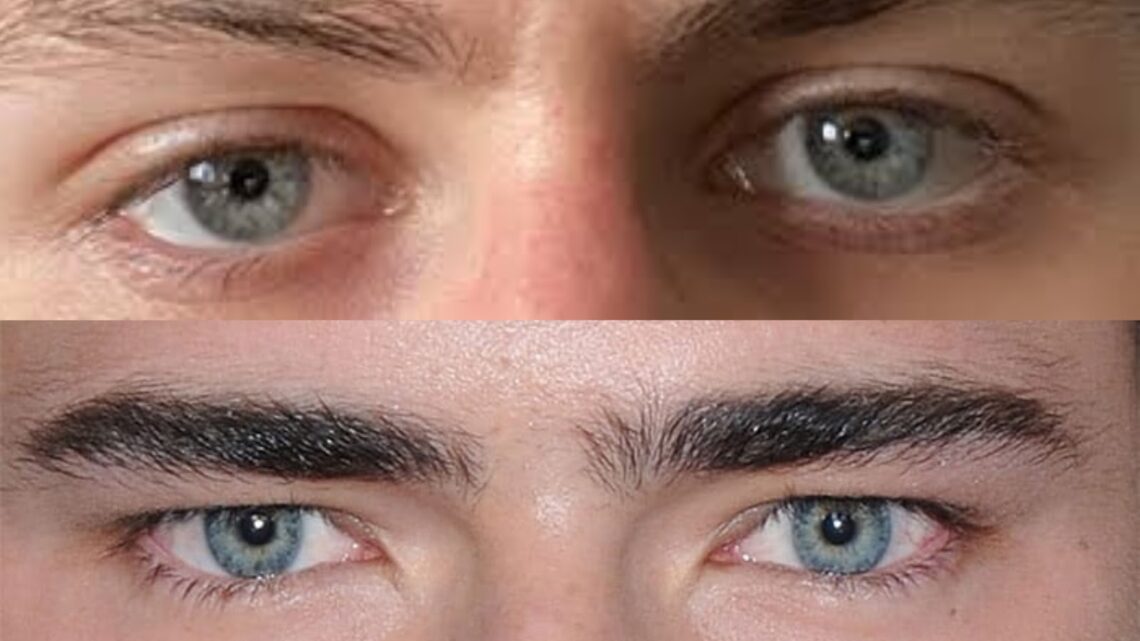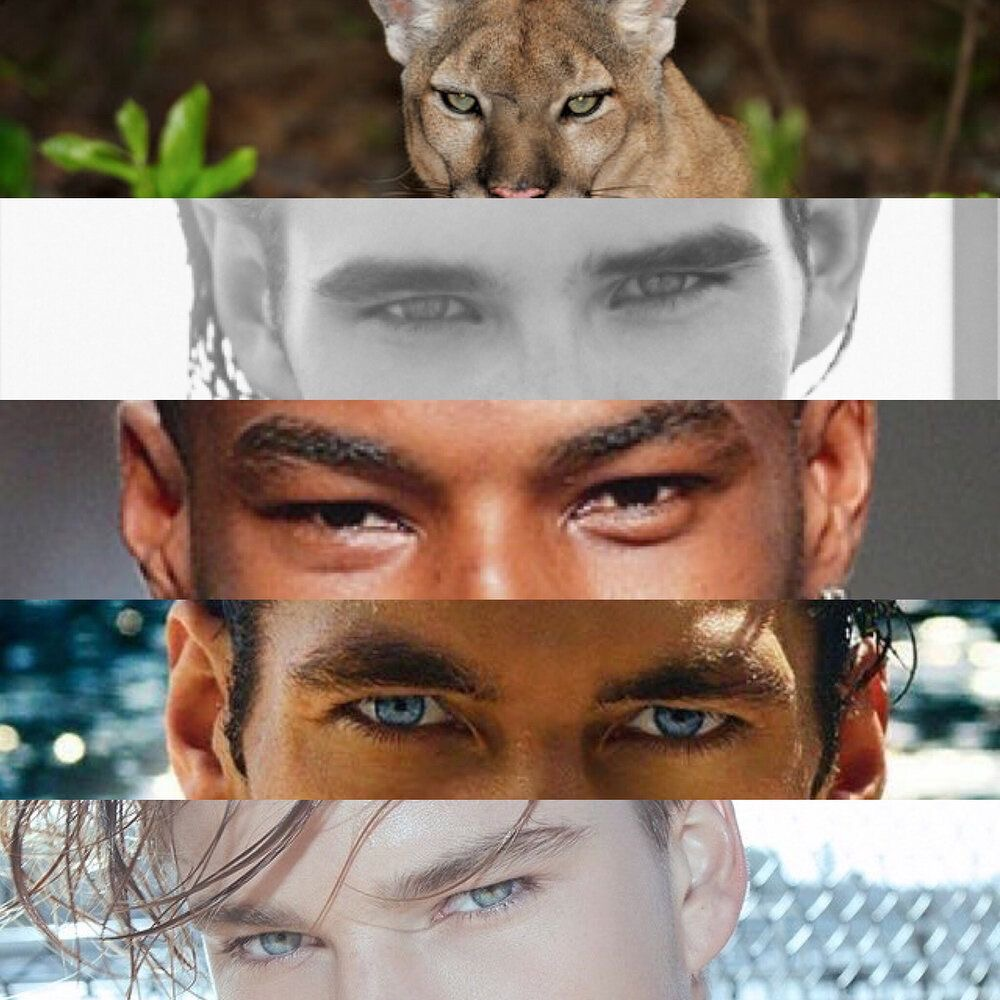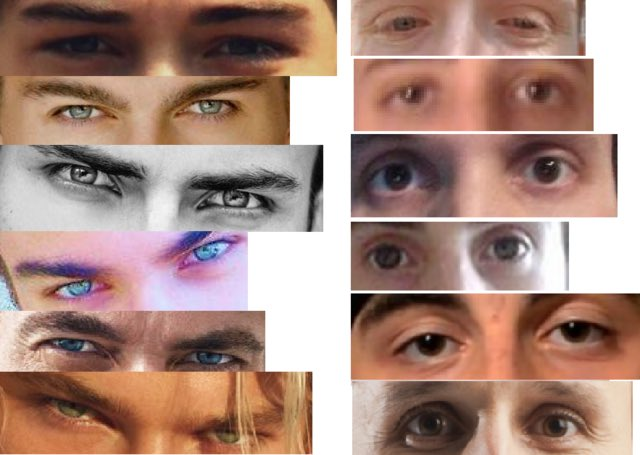
Hunter vs. Prey Eyes: How Eyes Reveal Nature’s Survival Strategies
In the animal kingdom, vision is more than just a means of perceiving the world—it’s a vital tool for survival. The position and structure of an animal’s eyes determine whether it is designed to hunt or evade predators.
Forward-facing eyes give predators sharp depth perception and precision, enabling them to stalk and strike accurately. In contrast, prey animals have eyes on the sides of their heads, offering a wide field of view to detect threats from nearly every direction.
Trending Now!!:
This key distinction results from millions of years of evolution, shaping how species fulfill their roles in the food chain. From the intense focus of a lion to the ever-alert gaze of a deer, the eyes of hunters and prey tell a remarkable story of adaptation and survival.
Predator (Hunter) Eyes

Predators typically have forward-facing eyes, granting them binocular vision—both eyes focusing on a single point for superior depth perception.
This trait is crucial for stalking and striking with accuracy, as seen in animals like lions, wolves, and eagles. Their vision sacrifices a wider field of view for pinpoint targeting, an advantage that aids in tracking and capturing prey.
Prey Eyes

Prey animals, in contrast, have eyes positioned on the sides of their heads, maximizing their peripheral vision to detect threats.
This wide field of view, often close to 310 degrees, allows creatures like deer, rabbits, and antelope to spot danger before it strikes. While this setup reduces depth perception, it greatly enhances their ability to evade predators.
Beyond Placement
Eye shape and pupil structure further refine these survival roles. Vertical slit pupils, found in cats and some reptiles, enhance focus on moving targets.
Horizontal pupils in grazers like sheep and goats help them scan the horizon for threats. Nocturnal hunters, such as owls, have oversized, light-sensitive eyes that give them an advantage in the dark.
Nature’s Rule Breakers
While most animals fit into these categories, some species blur the lines. Despite often being prey, primates have forward-facing eyes for depth perception in climbing and foraging.
Snakes, though predators rely more on heat detection and motion sensing than precise vision. With their independently rotating eyes, chameleons have evolved a unique advantage for spotting predators and hunting insects.
Eyes
The contrast between predator and prey eyes isn’t just a fascinating trait—it’s a blueprint for survival. Whether locked onto a target or scanning for danger, eyes are a silent testament to millions of years of adaptation, shaping how creatures navigate the delicate balance between life and death in the wild.


